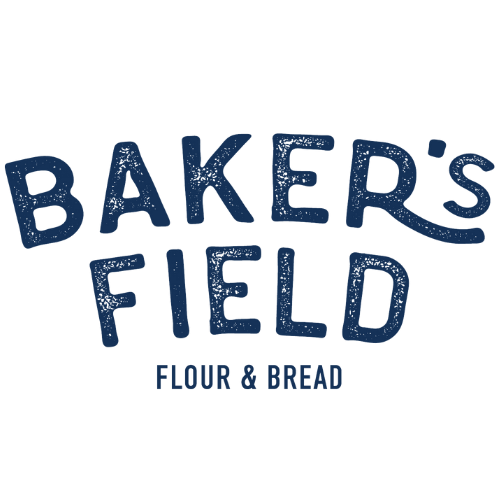I feel lucky to be a part of a good team here at Baker’s Field. I know people often say they like their co-workers or claim to be happy at work and don’t necessarily mean it wholeheartedly. But I really do mean it! The level of commitment, care, and enthusiasm at BFFB is real.
Today I thought I’d feature two of our bakers. To me, bakers are interesting humans. We wake up early (in our case, we start at 4:30am, late for a baker!). We spend all day doing physical work that is extremely repetitive. We often stand together at a table for the entire day -- folding dough, dividing dough, shaping dough. Repetitive, hard work requires teamwork, getting along, and a specific type of person.
So, who are the bakers of BFFB?
Meet Patrick and Siri. Patrick grew up outside Chicago. BFFB is Patrick’s first professional baking job. Actually, it’s his first kitchen job ever. Prior to BFFB, Patrick was an extremely dedicated home baker, and he’s turned into a skilled professional baker. Siri grew up in Iowa and has worked in various kitchens in various states. Siri is the talented mind behind Baker’s Field pies, and a lover of testing new products. Here’s more from both of them.
Favorite thing about working at Baker’s Field:
Patrick: “The crazy days when everyone works together to get everything accomplished as a team.”
Siri: “I love working on a team of individuals who all share a passion for what we do. I also love working the oven, scoring and baking loaves.”
Least favorite thing about working at Baker’s Field:
Patrick: “Making mistakes on the oven (not scoring a loaf, over/under proofing, burning a loaf, leaving dampers open).”
Siri: “My least favorite part of being a professional baker is working in an industry that is greatly undervalued by most.”
Favorite bread?
Patrick: “Filone, especially the top part while it’s still warm, or alongside soup.”
Siri: “I love our filone, freshly baked/toasted, with lots of butter.”
How do you spend your time outside of work?
Patrick: “More baking, walking dogs, playing guitar, running.”
Siri: “I like to draw and practice my other crafts/skills, watch movies, dig in the garden, and bake/read about food science.”
Thanks, Siri and Patrick!
-- Baker Hannah





















